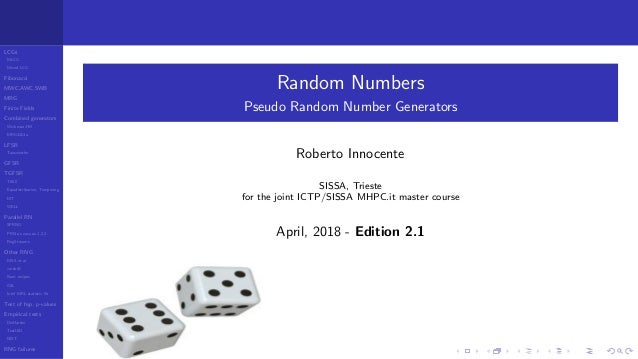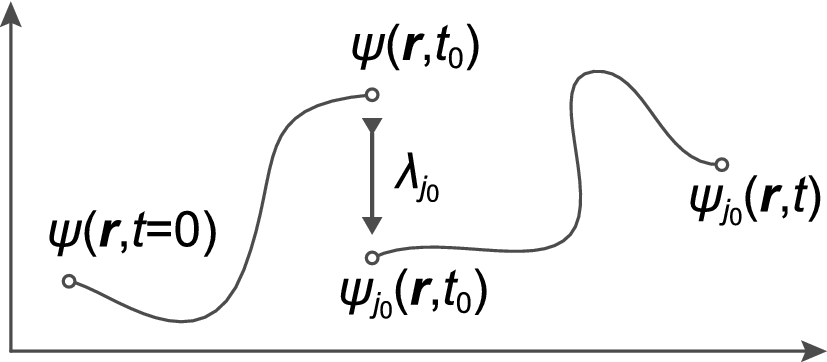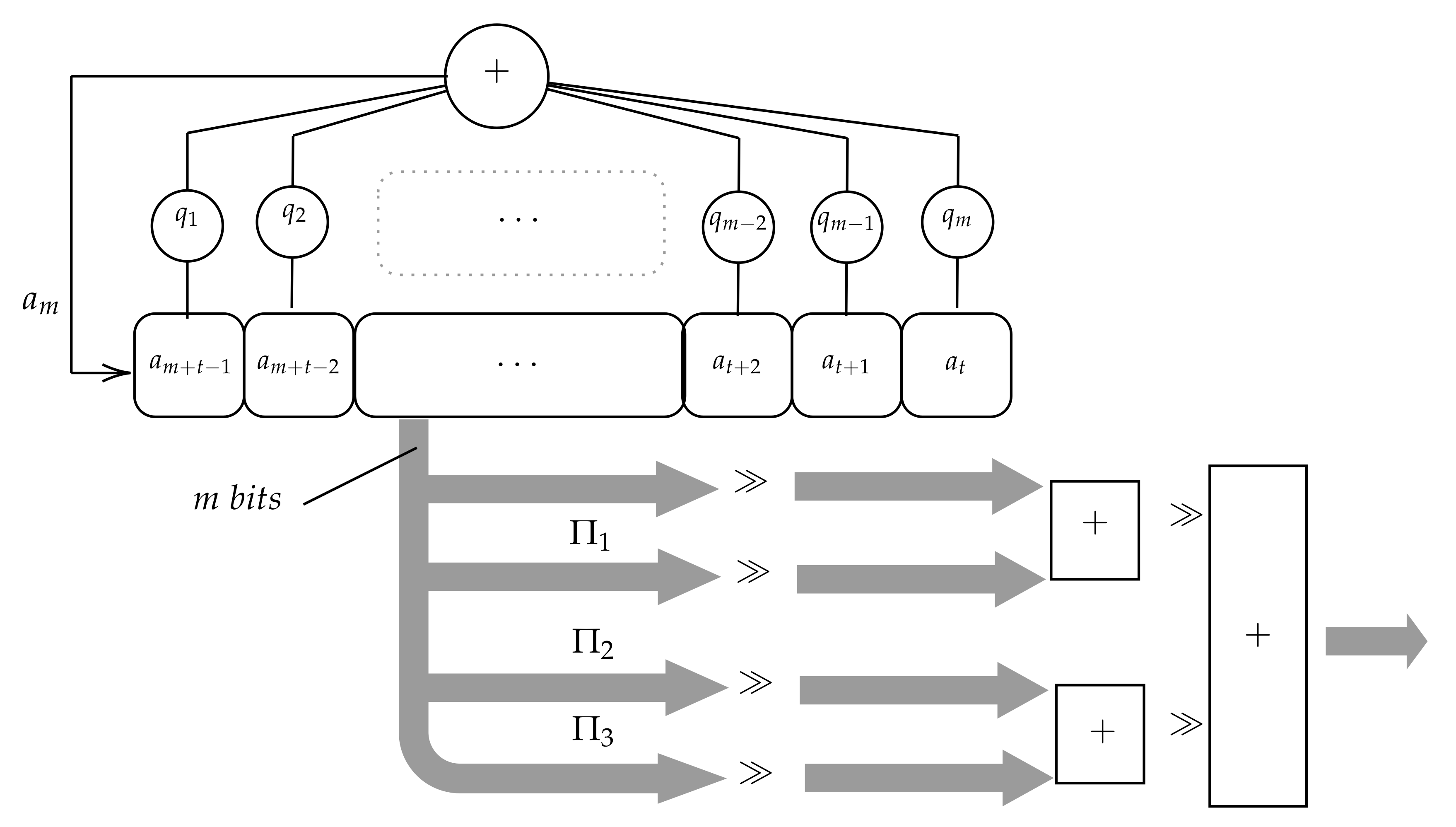

A normal sequence is a sequence whose digits show a uniform distribution, with all digits being equally likely the 5-normality test partitions the whole sequence into substrings of length 1 to 5 and tests each for whether the standard variation of their frequency differs by an acceptable value (the statistical tolerance).

A random sequence is normal (but not the other way around).

PRNGs are not suitable for applications where it is important that the numbers are really unpredictable, such as data encryption and gambling.The oversimplified tests include two common statistical tests: normality and autocorrelation. Popular examples of such applications are simulation and modeling applications. PRNGs are suitable for applications where many random numbers are required and where it is useful that the same sequence can be replayed easily. While periodicity is hardly ever a desirable characteristic, modern PRNGs have a period that is so long that it can be ignored for most practical purposes Periodic: PRNGs are periodic, which means that the sequence will eventually repeat itself.Deterministic: A given sequence of numbers can be reproduced at a later date if the starting point in the sequence is known.Determinism is handy if you need to replay the same sequence of numbers again at a later stage.Efficient: PRNG can produce many numbers in a short time and is advantageous for applications that need many numbers.The appearance of randomness is provided by performing modulo arithmetic. To get started, the algorithm requires an initial Seed, which must be provided by some means. We generate the next random integer using the previous random integer, the integer constants, and the integer modulus. X 0, 0 ≤ x 0 < m - the seed or start value Where X is the sequence of pseudo-random values
#Pseudo random number generator algorithm mathematica mod
The generator is defined by the recurrence relation: X n+1 = (aX n + c) mod m

Linear Congruential Generator is most common and oldest algorithm for generating pseudo-randomized numbers.


 0 kommentar(er)
0 kommentar(er)
